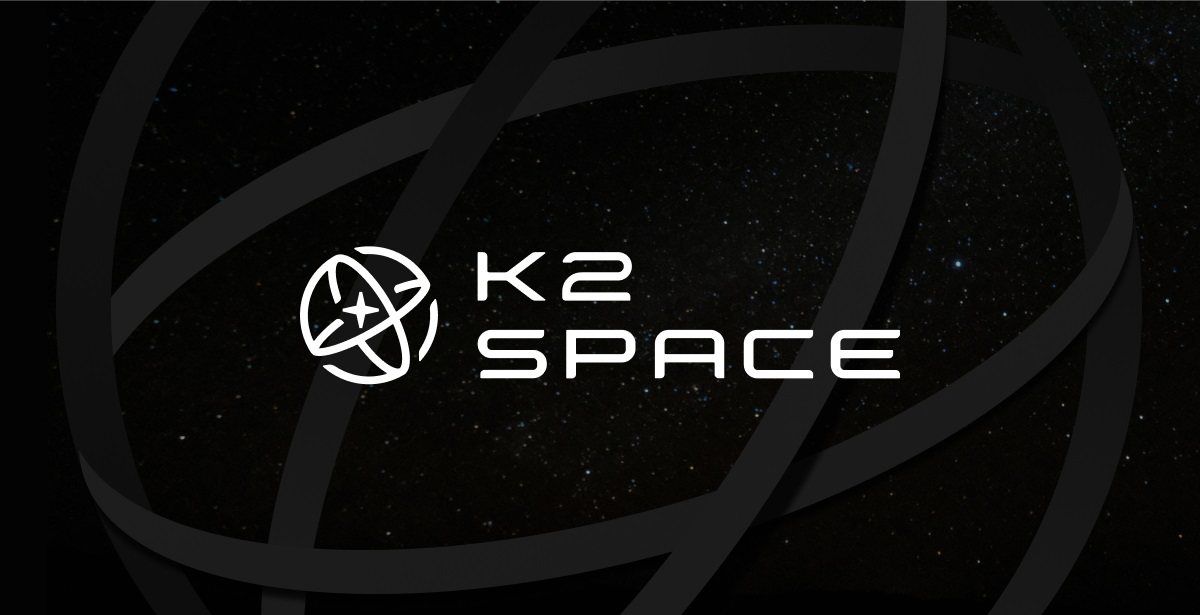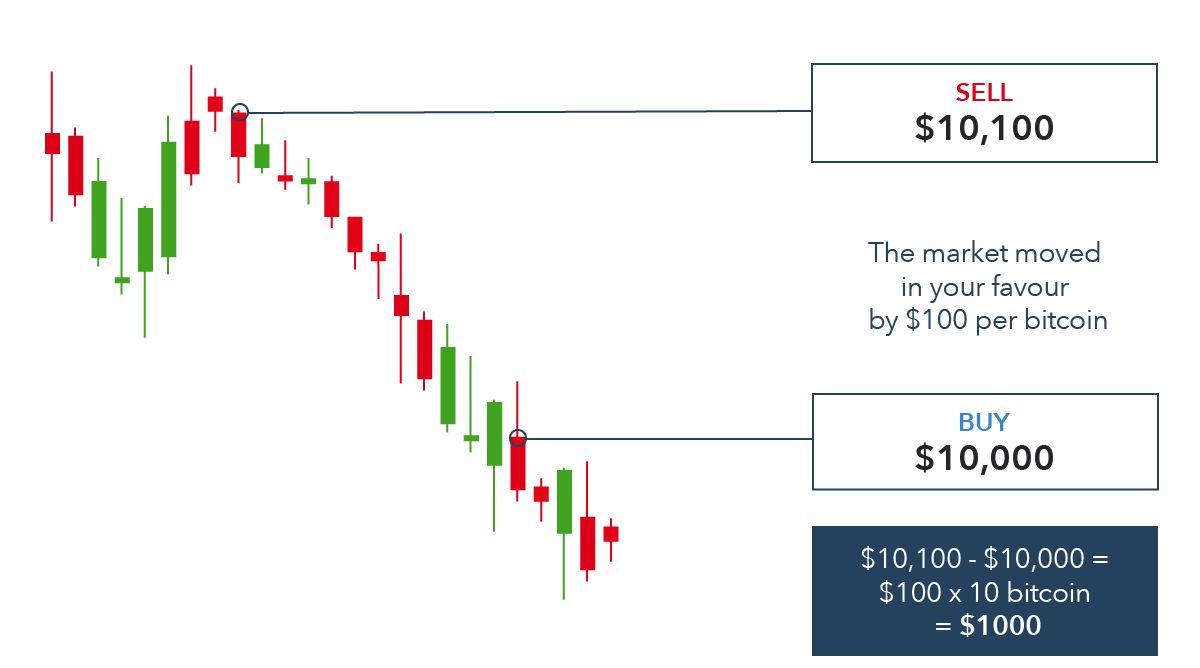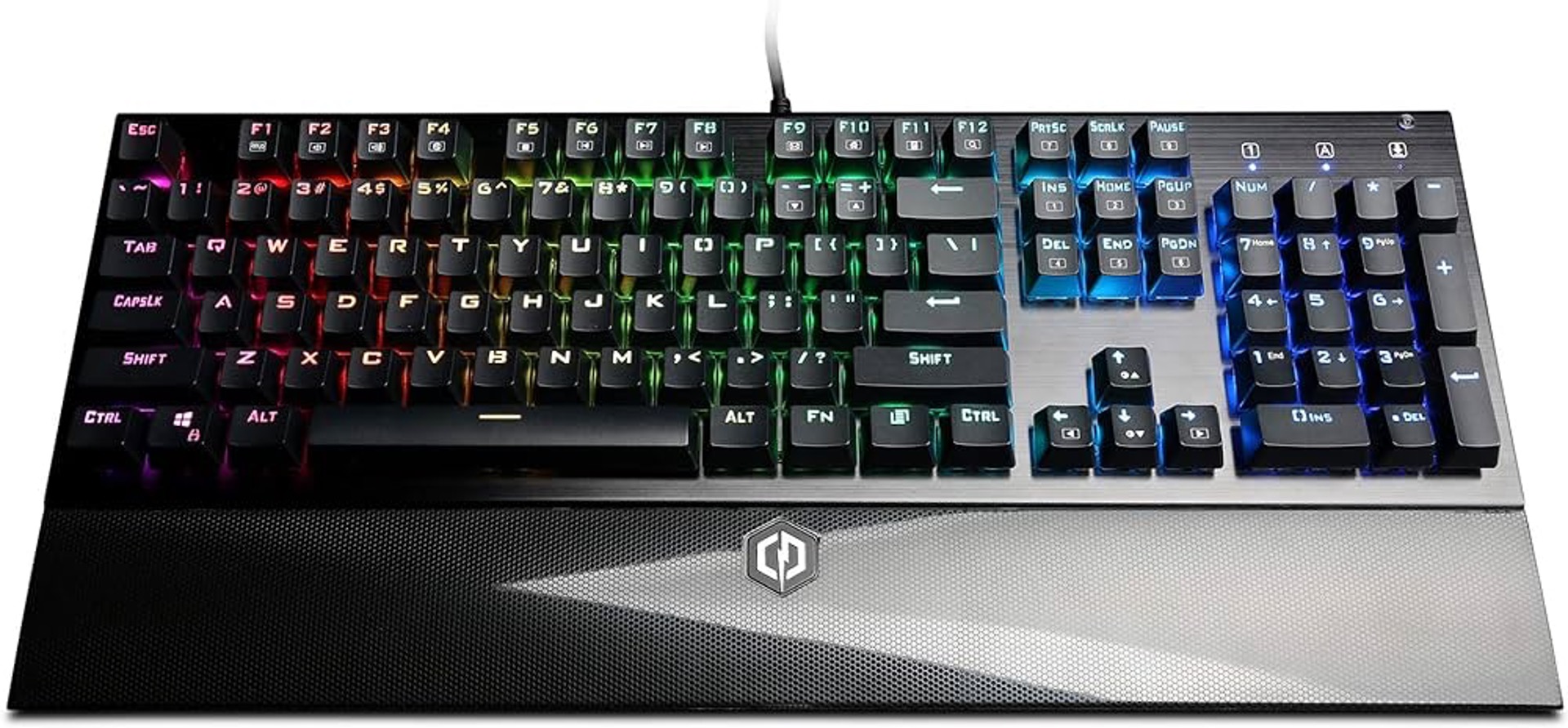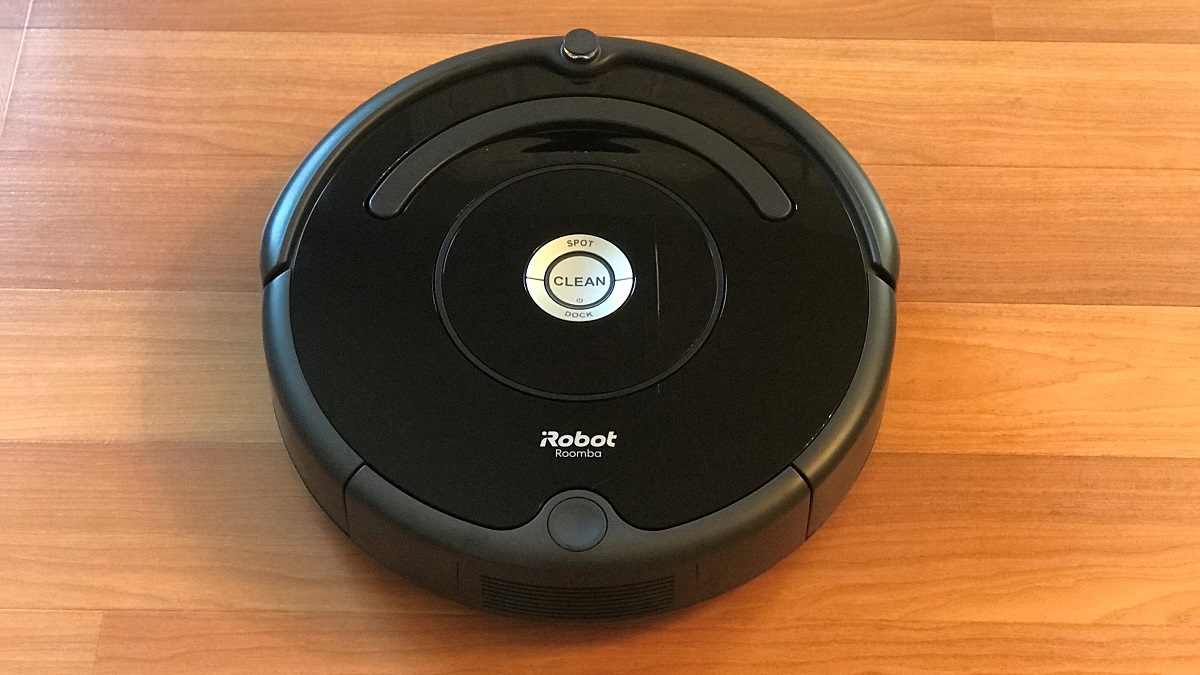Los Angeles-based K2 Space is making waves in the space industry with its innovative approach to satellite design and launch capabilities. With fresh venture funding, new defense contracts, and a scalable satellite architecture, the company is poised to revolutionize the market. Co-founder and CEO Karan Kunjur describes K2 Space’s strategy as a “pretty significant contrarian bet against the market.” Instead of focusing on the traditional cost per kilogram of mass, K2 Space is aiming to design and build massive satellite buses that can deliver staggering power levels in a single launch.
Key Takeaway
K2 Space is disrupting the space industry by challenging the conventional cost per kilogram of mass equation. By designing massive satellite buses with unprecedented power capabilities, the company is revolutionizing satellite design and launch. Its scalable architecture and cost efficiency have the potential to unlock new possibilities for space exploration and scientific missions.
Fighting Mass Constraints with Power
While the cost per kilogram of mass in the space industry has decreased with advancements in rocket reusability, spacecraft designers still face significant mass constraints. In response, spacecraft have become smaller and lighter, sacrificing power and payload capabilities. K2 Space, on the other hand, is challenging this trend by designing and building satellite buses of unprecedented size and cost-efficiency.
The company is developing two satellite buses: Mega, a one-ton payload mass bus for current launch vehicles, and Giga, a much larger bus for up to 15 tons of payload, built specifically for super-heavy rockets. The goal is to lower the barrier to accessing power, aperture, and mass for any application in space. These satellite buses are designed to operate in a stackable, scalable architecture, enabling customers to create powerful constellations at significantly lower costs compared to traditional satellites.
Unleashing Power and Potential
K2’s satellite buses not only offer unprecedented size but also maximize launch vehicle fairing volume. For example, stacking 10 Mega-class satellites can fit into a Falcon 9 fairing, delivering 200 kilowatts of power in a single launch. In an even more impressive feat, 40 Megas can fit into a Starship, delivering a staggering 800 kW of power in one go. These power capabilities far surpass those of existing satellites at a fraction of the cost.
The potential applications of K2’s satellite buses are vast. Companies can unlock higher energy orbits, such as medium Earth orbit, that were previously cost-prohibitive. Telecommunications and scientific missions can benefit from higher power and increased payload capacity, expanding the possibilities for space exploration and research.
Attracting Top Talent and Expanding Growth
K2 Space has attracted top talent from leading aerospace companies, including former SpaceX engineers. These experts are instrumental in redesigning satellites from scratch, leveraging new technologies and materials to optimize power and performance. The company has tripled in size since March and plans to further expand its team to around 40 members in the next six months.
In addition to its impressive growth, K2 Space has gained investor interest, raising an additional $7 million in capital to bring its total funding to $16 million. The company has also secured three contracts from the U.S. Department of Defense, demonstrating traction in the defense sector for its larger satellite platform.

























